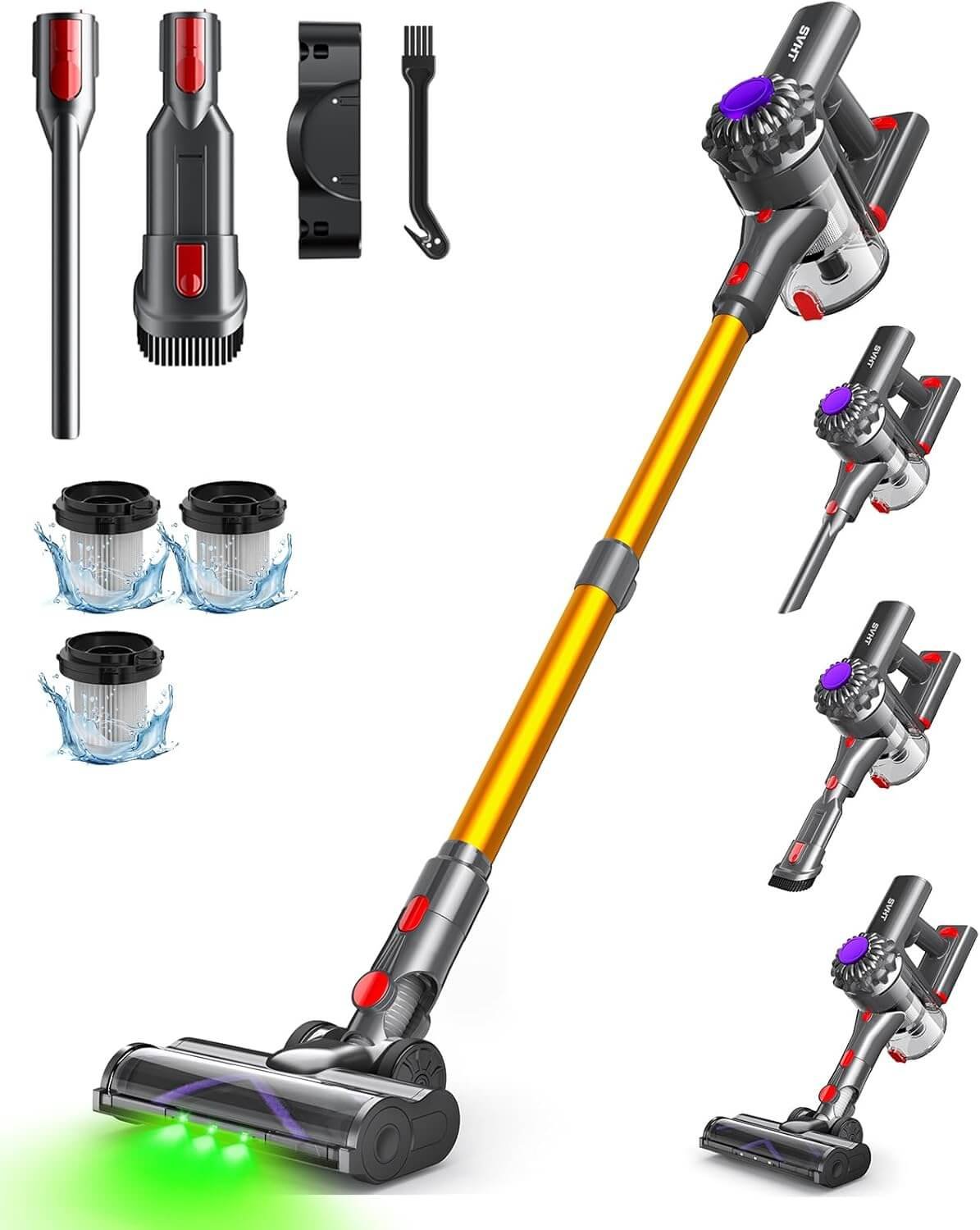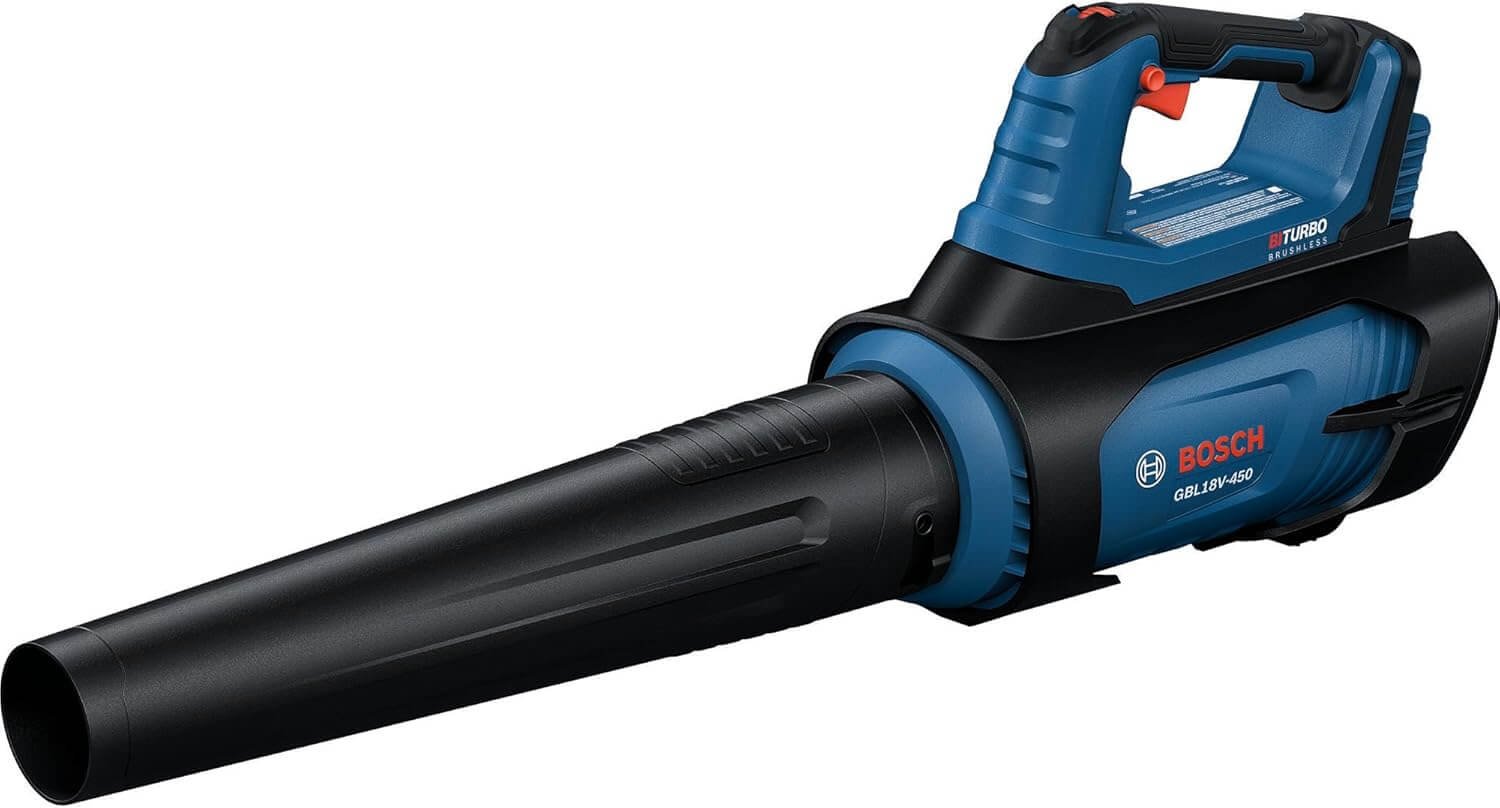Introduction to Computer Speakers
Computer speakers play a crucial role in enhancing the audio experience for users across various applications, including gaming, music playback, and video content. As technology has evolved, the quality and design of computer speakers have significantly progressed, making them an essential accessory for anyone looking to enjoy superior sound. Early computer speakers were limited in functionality, often serving merely as a basic sound output device with minimal fidelity. Nevertheless, as digital audio technology advanced, so did the capabilities of speakers, leading to a wide array of options available on the market today.
The importance of high-quality computer speakers cannot be overstated. For gamers, immersive sound enhances the experience by providing environmental cues that elevate gameplay. Similarly, music enthusiasts benefit from speakers that deliver rich, clear audio, allowing them to fully appreciate nuances within their favourite tracks. Video content, whether streamed or played locally, similarly gains from improved sound quality, creating a more engaging and enjoyable viewing experience. Thus, the type of speaker one selects can deeply influence how audio content is perceived and enjoyed.
In the current market, computer speakers are available in various formats and sizes, ranging from compact models ideal for limited spaces to larger systems capable of delivering high-fidelity sound. The integration of modern technologies, such as Bluetooth connectivity and built-in subwoofers, further enhances the functionality of these devices. Consequently, consumers are faced with many choices tailored to meet their specific needs and preferences. Understanding the evolution of computer speakers sets the stage for an informed selection process when exploring the diverse options available in today’s market.
Types of Computer Speakers
Computer speakers come in various formats, catering to different user needs and preferences. Understanding these types can significantly influence your choice, ensuring that you select a sound system that aligns with your requirements.
One of the most commonly encountered types is stereo speakers. These typically consist of a pair of speakers that provide left and right audio channels, creating a basic yet effective sound stage. Stereo speakers are particularly well-suited for individuals who engage primarily in music listening or casual gaming. Their compact design often allows for easy placement on a desk, and many models are equipped with built-in amplifiers, optimizing sound quality without requiring additional equipment.
Another popular option is the soundbar. Soundbars are elongated speakers designed to deliver enhanced audio performance, primarily for multimedia activities such as watching movies and playing games. Their design allows for a more immersive sound experience by simulating surround sound from a single, sleek unit. Soundbars often come with additional features, such as Bluetooth capability and integrated subwoofers, making them ideal for those who desire convenience alongside improved audio output.
For users seeking a more extensive audio experience, surround sound systems are recommended. Comprising multiple speakers strategically placed around a room, these systems can create a three-dimensional audio environment. Surround sound setups are commonly used for home theatres, providing an unparalleled level of immersion during film viewing or gaming. While they may require more space and setup time, the resulting sound quality can vastly enhance the entertainment experience.
In essence, understanding the characteristics and advantages of different types of computer speakers can help streamline the selection process, ensuring that you achieve the desired audio experience tailored to your specific activities.
Key Features to Consider When Choosing Speakers
When selecting computer speakers, several important features should be carefully evaluated to ensure they meet your audio needs and usage preferences. Sound quality is arguably the most crucial aspect. Look for speakers that provide clear, balanced audio, with adequate bass response and volume capabilities. Listening to different models can help ascertain which speakers deliver the sound profile that resonates with you.
Size is another vital consideration. Depending on your workspace, compact speakers may be more suitable for limited desk space, while larger models could be preferable for a richer sound experience. It is essential to assess the dimensions and aesthetics of the speakers to ensure they blend well with your setup.
Connectivity options also play a critical role in speaker selection. Consumers should weigh the benefits of wired versus wireless speakers. Wired models often offer reliable connectivity and sound quality, whereas wireless options provide greater flexibility and convenience for users who prefer a clutter-free environment.
Power specifications are also necessary to consider. The wattage rating can give you an idea of the speaker’s performance and volume capabilities. Look for speakers that can adequately power your audio needs without distortion at higher volumes.
Additionally, design aesthetics may influence your decision. Choose speakers that match your style or complement your workspace. Beyond traditional sound capabilities, modern computer speakers often come with additional functionalities. Features like integrated volume control, compatibility with smart devices, and built-in microphones can enhance user experience, making them more versatile for various applications.
Ultimately, considering these key features—sound quality, size, connectivity options, power ratings, design, and additional functionalities—will guide you in selecting the speaker system that best fits your needs and preferences.
Top Computer Speaker Brands in 2024
As the computer speaker market evolves, several brands have emerged as leaders due to their commitment to quality, innovation, and performance. In 2024, notable brands include Logitech, Bose, Creative, and Razer, each offering unique features that cater to different user needs.
Logitech has established a solid reputation for producing reliable and versatile computer speakers. Their offerings range from compact desktop speakers to more elaborate home theatre systems. The brand is known for integrating advanced technologies like Bluetooth connectivity and customizable sound profiles, ensuring users enjoy high-quality audio experiences. Their speakers are often praised for their user-friendly designs and affordability, making them accessible to a wide audience.
Bose, renowned for its audio engineering expertise, stands out in the premium segment. The brand’s computer speakers often incorporate sophisticated sound technologies such as waveguide speaker designs and TrueSpace stereo processing. These features provide immersive sound quality, which is particularly appealing to audiophiles and users seeking superior audio fidelity for gaming or media consumption. Furthermore, Bose places a strong emphasis on sleek, modern aesthetics, making their speakers a stylish addition to any workspace.
Creative is another prominent brand in the computer speaker landscape, known for its dedication to enhancing sound experiences through innovative technologies. Their speakers often feature advanced audio processing and superior driver technology, enabling rich and balanced sound reproduction. With diverse options catering to gamer’s needs and music enthusiasts alike, Creative’s focus on immersive audio has positioned them as a noteworthy competitor in the market.
Finally, Razer caters specifically to the gaming community, blending high-performance audio with striking designs. Their computer speakers often incorporate RGB lighting effects and customizable sound profiles, appealing to gamers who value both aesthetics and performance. Razer’s commitment to delivering an enhanced audio experience during interactive gaming sets them apart from traditional brands.
Overall, these leading brands collectively contribute to a competitive computer speaker market, providing a variety of choices that cater to diverse consumer preferences and technological advancements.
Budget Ranges for Computer Speakers
When it comes to purchasing computer speakers, budget plays a crucial role in determining the quality and features that one can expect. The market is diverse, offering a range of options from basic entry-level speakers to high-end systems designed for audiophiles. Understanding these budget ranges can significantly enhance your buying decision.
Starting with the entry-level category, typically ranging from $20 to $50, buyers can find speakers that deliver decent sound quality for everyday use. These are often compact and suitable for casual listening, streaming videos, or gaming on a budget. While sound clarity may not be exceptional, many entry-level options provide satisfactory audio performance for users who do not require an advanced setup.
As we move into the mid-range category, which spans approximately $50 to $150, the sound quality and construction often see a noticeable improvement. Speakers in this range are generally equipped with better drivers, enhancing clarity, bass response, and overall audio fidelity. Users may also find additional features like Bluetooth connectivity and built-in amplifiers, making them a popular choice for both work and leisure activities.
Finally, the high-end segment of computer speakers, priced anywhere from $150 to over $500, is tailored for enthusiasts seeking superior sound. These systems often feature advanced technology, offering outstanding audio reproduction, rich bass, and premium materials. Beyond sound quality, premium models may provide more connectivity options and customizable settings for a tailored listening experience.
In conclusion, understanding the budget ranges for computer speakers is essential for making an informed purchase. By matching your needs and expectations with the right price point, you can ensure a fulfilling audio experience, regardless of your budget.
Reviews of Popular Computer Speakers
In today’s technology-driven environment, computer speakers play a pivotal role in enhancing sound quality for various applications, from gaming to professional audio editing. Below is a curated selection of popular computer speakers that stand out in terms of specifications, user reviews, pros and cons, and overall value for money.
1. Bose Companion 2 Series III
These speakers are renowned for their exceptional audio clarity and rich sound. With an elegant design, they feature a dual speaker configuration and an auxiliary input for mobile devices. Users praise the warm sound and easy setup process. However, some feel that they lack deep bass, which may be a downside for bass enthusiasts.
2. Logitech Z623
This speaker system offers a powerful audio experience with 200 watts of RMS of power, making it ideal for gaming and movies. It includes a subwoofer for deep bass effects. Users appreciate the immersive sound quality, though the bulky design could be a drawback for those with limited desk space.
3. Audioengine A2+ Wireless
These compact speakers are popular for their wireless functionality and detailed sound quality. Equipped with Bluetooth connectivity, they are suitable for casual listening and professional use alike. A few criticisms arise regarding their premium price and limited bass response, but overall they provide excellent value for discerning users.
4. Creative Pebble 2.0
Known for their affordability and surprisingly good performance, these speakers deliver a balanced sound in a small package. They are user-friendly and ideal for desktops with limited space. However, some users mention that they do not perform well at high volumes, highlighting the importance of considering listening habits.
Understanding these popular computer speakers, their specifications, and the feedback from users can significantly influence your decision-making process. As sound quality varies among different models, determining which speaker aligns with your needs and preferences is crucial.
The Importance of Sound Quality
When selecting computer speakers, sound quality emerges as a pivotal consideration that directly influences the overall audio experience. The complexity of sound quality encompasses several technical aspects, such as frequency response, distortion, and driver sizes, which collectively shape how well audio is reproduced.
Frequency response, which refers to the range of frequencies a speaker can reproduce, plays a crucial role in the clarity and richness of sound. A speaker with a wide frequency response can deliver deep bass and crisp highs, allowing for a more immersive listening experience. Typically, a speaker with a frequency response of 20 Hz to 20 kHz is considered capable of replicating the entire range of human hearing. However, for enhanced audio fidelity, looking for speakers that extend beyond this range can be beneficial, particularly for genres of music that thrive on bass or treble.
Another critical factor is distortion, which occurs when audio signals are altered or misrepresented during playback. High-quality speakers are designed to minimize distortion, ensuring that sound remains clear and true to its source. This is particularly significant for audiophiles and casual listeners alike, as excessive distortion can detract from the enjoyment of music, movies, and gaming experiences. When evaluating speakers, examining specifications related to total harmonic distortion (THD) can provide valuable insight into their audio performance.
Lastly, driver sizes influence the speaker’s ability to produce sound across various frequencies. Generally, larger drivers can create better low-frequency sounds, while smaller drivers excel at higher frequencies. Therefore, a well-designed speaker system often incorporates multiple driver sizes to cover a broader spectrum. By understanding these technical aspects, consumers can make informed decisions, ensuring their chosen computer speakers deliver an audio experience that meets their expectations and needs.
Setting Up Your Computer Speakers
Setting up your computer speakers properly is crucial for achieving optimal performance and enhancing your auditory experience. The first step in this process involves choosing the right location for your speakers. Ideally, they should be positioned at ear level and equidistant from your listening position to ensure a balanced soundstage. Avoid placing speakers directly against walls or corners, as this can lead to an unwanted bass boost and muddied sound quality. Instead, aim for a more open space which allows for better air movement and resonance.
After determining an optimal placement, the next step is to establish the appropriate connections. Most modern computer speakers connect via USB or audio jacks. Ensure that your speakers are correctly plugged into the corresponding ports on your computer. If your speakers come with a subwoofer, it is generally advisable to connect the subwoofer directly to the computer or audio source as well, to manage low-frequency sounds separately.
Once your speakers are connected, it is essential to adjust the settings on both your computer and the speakers themselves. Start by navigating to the sound settings on your computer. Here, you can adjust the balance and volume levels as needed. Additionally, many speakers come with built-in equalization settings that allow you to customize the sound profile to your liking. Experimenting with these settings can result in an enhanced audio experience tailored to your preferences.
For the best sound experience, consider investing in speaker stands or isolation pads to minimize vibration and improve sound clarity. Lastly, periodically check your connections and settings, as even minor adjustments can significantly influence sound quality. By carefully setting up your computer speakers, you will be well on your way to enjoying an immersive audio experience with your computer.
Conclusion: Making the Right Choice
As we conclude our exploration of the current range of computer speakers, it is essential to underscore the critical factors to consider when selecting the ideal audio solution for your needs. Throughout this blog post, we have examined various types of speakers, including wired and wireless options, as well as their respective features and pricing structures. Understanding the distinctions between bookshelf, satellite, and soundbar speakers can significantly influence your purchasing decision.
First and foremost, one must evaluate personal needs and preferences. Will you primarily use your speakers for immersive gaming, casual listening, or professional audio work? Each scenario demands different specifications in terms of sound quality, connectivity options, and physical design. Furthermore, it is beneficial to consider your workspace and layout; compact speakers may suit smaller desks, while larger setups might allow for a more extensive configuration.
Budget is another crucial aspect to keep in mind. Computer speakers are available at various price points, and determining a budget beforehand can help narrow the choices effectively. It’s advisable to identify key features that matter most to you and prioritize those within your financial parameters. Remember that investing in high-quality speakers can enhance not just audio experiences, but overall productivity and enjoyment.
In summary, choosing the right computer speakers involves carefully assessing individual requirements, available options, and financial constraints. By taking the information discussed in this blog post into account, you can make an informed decision that aligns with your audio preferences, whether for work, entertainment, or gaming. Ultimately, the right pair of speakers can significantly enrich your auditory experience, ensuring you enjoy clarity and depth in all your audio engagements.


























